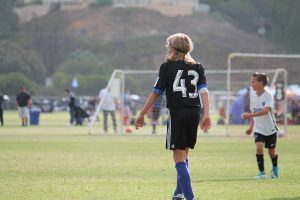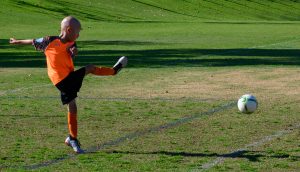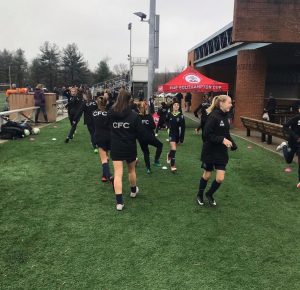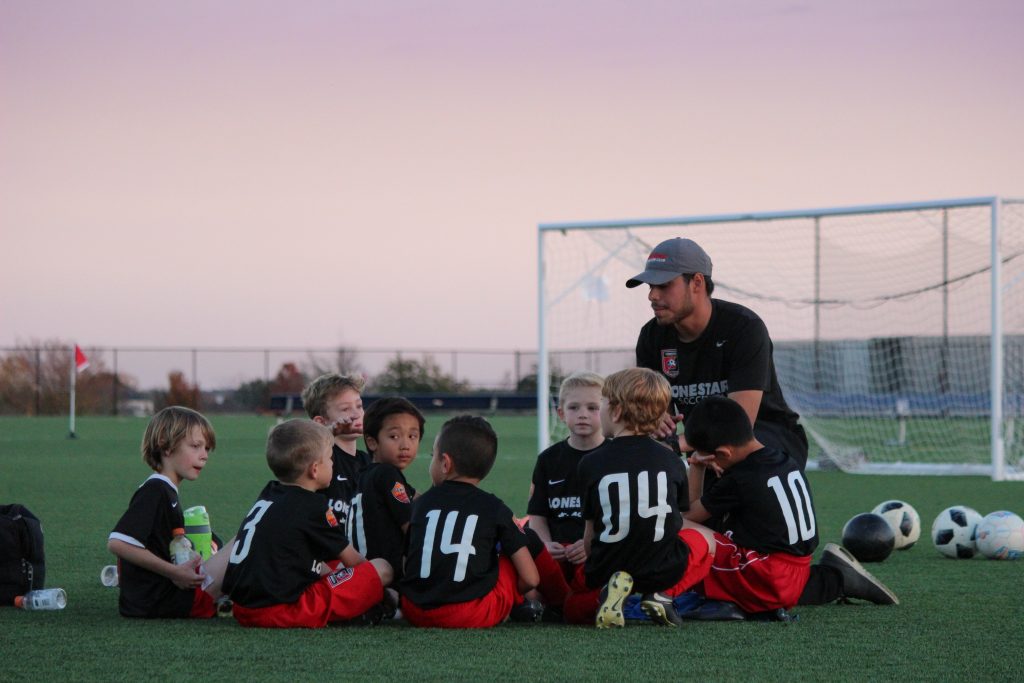Planning sessions is a key part of any coaches repertoire. Knowing what you want to achieve by the end of a session will help your players on the path to achieving success. A session plan will see you put the building blocks in place to help them progress.
Over the years, the way that I have gone about planning sessions has changed considerably. When I first started, I was happy to have something on paper and run with it regardless. In time I have been able to understand that multiple considerations should be taken into account. The following 5 are things that all coaches should consider to help get the best out of their players.
View the Goal of the Session and Build Backwards

As with any goal, success comes from planning the steps to get there (as well as a ton of hard work). How we plan those steps can have a huge impact on how successful we are. Reverse planning is the act of writing down the goal and building back from that goal to the start. Studies have shown that individuals who do that are more likely to anticipate the necessary steps to get there. This relates to coaching as well.
When I started out, I planned all of my sessions from warm up through to the game. As more of a logical thinker, planning this way made sense to me. It also meant that my sessions were somewhat disjointed, with the activities not having a real flow to them. A conversation with a colleague at a coaching company I worked for suggested that I try starting with the game and planning back - opposed, unopposed and warm up. The thought process was that by having the coaching points I wanted to see in the game written down, it would be easier to put the building blocks in place.
Reverse planning has also made it easier for practice set up. The layout means that cones only have to be picked up and not put down again, resulting in more time saved for the players to be active.
The Skill Level of the Players

Ever tried to run a practice with a group of players only to find that they struggle with it? Yeah, me too.
The skill level of the players is an important consideration when planning sessions. Too easy and they'll likely get bored, not to mention gain nothing from it. Too hard and engagement and mindset can suffer. It becomes even more challenging when you have a varying level of ability in your group. Making sure that all players are challenged appropriately is not easy and as youth coaches it is important we cater to all.
The first team I ever head coached had a huge mix of abilities. I made sure to plan separate challenges for the 2 different levels of player (as I viewed it) so that from a technical and skill standpoint, they could progress at their own speed. The big thing to come out of this was that the less developed players became more proficient using their preferred foot and the more developed players were able to use more advanced techniques with both feet. A league title later and the spirit between the girls was excellent as they all contributed in every game.
Right now I'm in a position where I coach 2 teams - a Grassroots team and a Development Centre team looking to reach Academy level. The sessions plans may have similarities but the content of what is expected of the players is very different.
What the Weather is Like

Growing up a lot of us would have played in any condition. Pitches like this would have been commonplace during the winter months. Thankfully now, many of us are lucky enough to have access to modern artificial turf facilities. While these make practice sessions far easier to manage, unfortunately we cannot control the weather.
People react to adverse weather conditions in different ways. While one player may embrace the freezing cold, another could be miserable. Some can play in scorching heat, others melt. What we can all agree on is that science supports the notion that certain conditions have a similar physical impact on almost everyone.
I was coaching a camp in Atlanta a few years back. It was part of the Wolves North American Academy programme, where a vast amount of camps took place throughout the summer in the US and Canada and standout players were invited to the National Camp in Atlanta. At the height of summer, Atlanta is around 95-100 degrees fahrenheit coupled with very high humidity levels. Compare this to Winnipeg in Canada, which is an average of 75-80 degress and its a big difference. At the end of the first 2 hour session, at least 10 players went to see the medic due to heat exhaustion. All of these were from the northern states or Canada. We made a point to reduce the level of intensity for the remaining time there.
Consider how much you are asking of your players based on the time of year. If it's winter, keep them moving as much as possible. In the height of summer, keep it more low key and add more rest periods.
Number of Players

How many times have you planned the ideal session only to have the numbers drastically alter when it comes to the start of practice? It's a common situation. While it can be easy to get frustrated, we must remember that life gets in the way of everyone. Priorities are different for every parent and as coaches we should plan for that.
I recall coaching a team a few years back where I would very rarely get a full turnout. The average attendance was 7 players (for 9 v 9 no less), but this was never consistent. I started making sure that my session plan was prepped for 11 players, with alternatives in place should there be 10, 9, 8 or 7 attendees. This allowed me to be ready for every possible scenario and to ensure that the players that did show got the same things out of the session, regardless of numbers.
In recent times, the app Heja has helped massively, allowing parents to RSVP their players attendance for practice and games. Reminders can be set to jog their memory should they forget and it also means that communication doesn't get lost in a whole host of other What's App messages.
How Much Space You Have

There is nothing better than knowing you have access to a whole 11 v 11 pitch to plan anything you want and setup every station in it's own space. The reality is, grassroots football rarely allows this. Planning a 6 v 6 game to finish a session when you have a 6th of a 9 v 9 pitch available is unrealistic. Unless you like watching the human equivalent of bumblebees hover around the ball that is! 3 v 3's with bounce players may be more appropriate.
A few years back I was in a similar situation in New Jersey, where the club had 9 teams practicing at the same time on an 11 v 11 pitch. Maximising the space as much as I could, I had a 40x30 space available to me. Knowing this ahead of time allowed me to plan my sessions to fit that space, while still giving the kids the opportunity to learn what they needed. It wasn't ideal. Unfortunately, in grassroots football especially, costs often dictate what we have available.
Planning for the space you have will not only help your setup at the beginning, it will also allow your players to get out of the sesson what they need.

